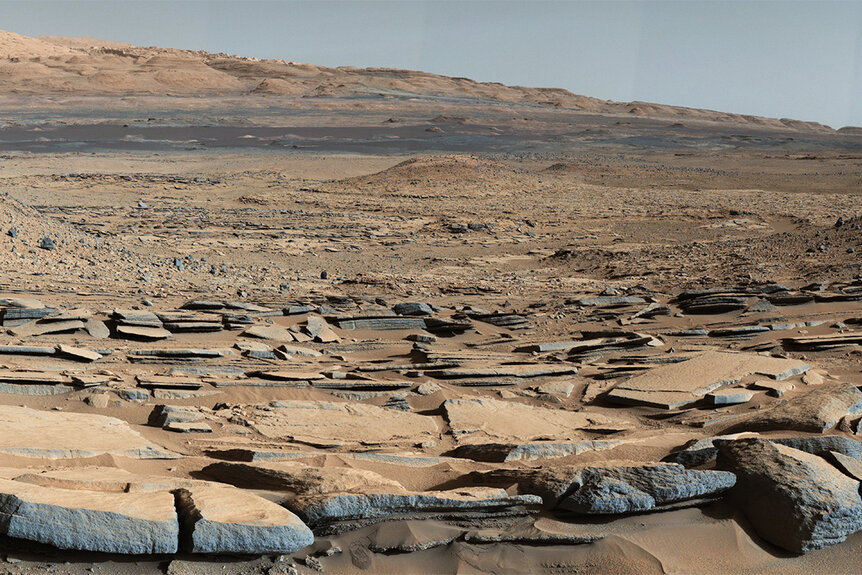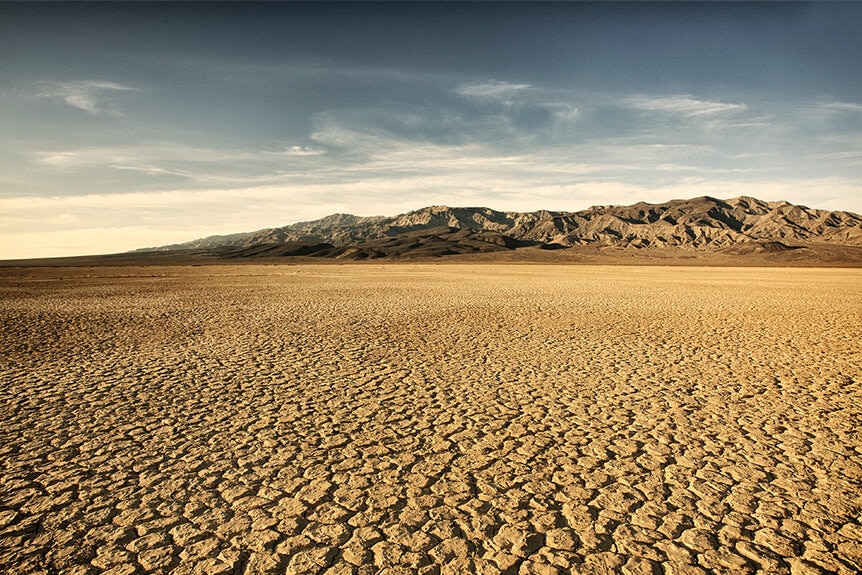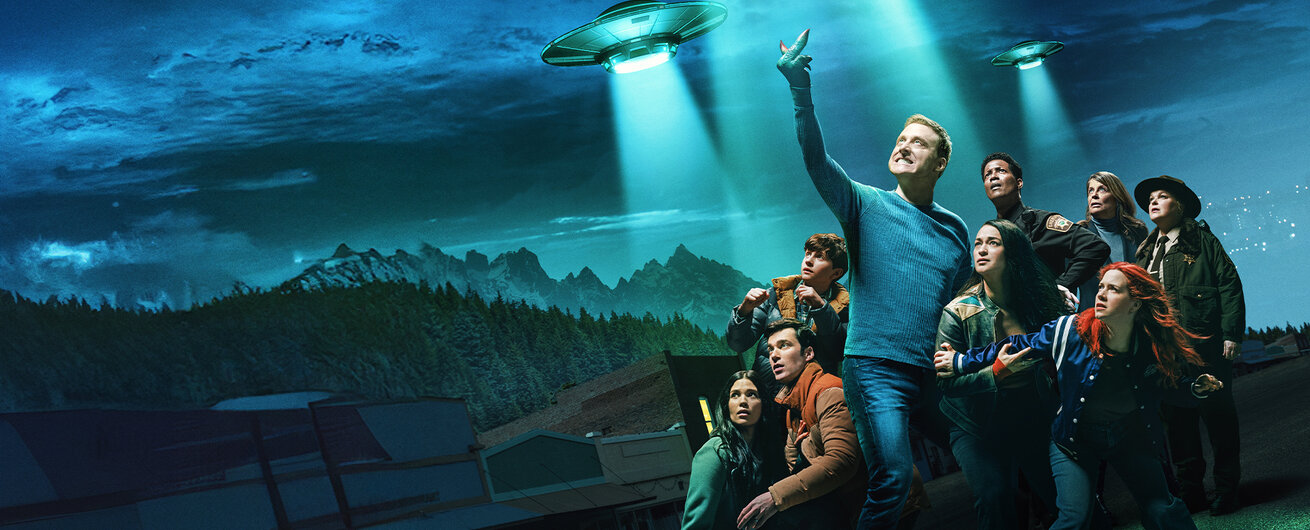Create a free profile to get unlimited access to exclusive videos, sweepstakes, and more!
Curiosity Finds First Evidence of Wet and Dry Seasons on Ancient Mars
Change is hard, but it's good for life.
When Resident Alien’s alien protagonist Harry (Alan Tudyk) shows up in Patience, Colorado, he gets a first row seat to life on Earth. He gets to witness the exciting highs and lows of life and the ordinary mundanity of everyday existence. More than that, he gets to know what it’s like to live on our planet, the weight of gravity and of rain on his face. We, however, are left to wonder what life might be like on Harry’s home world. Do they have mountains and valleys the same as us? What about rivers of cool, lapping water? Do they have rain or thunderstorms? Do they have seasons? On another world, you can’t assume anything without seeing it for yourself.
So far, humans have only managed to get themselves to the Moon (an impressive feat and one we’re preparing to repeat) but we’ve sent a bunch of robotic explorers to scout the trail ahead. Using machines like the Curiosity and Perseverance rovers, scientists can learn about the past and present of Mars. And because there is no tectonic renewal of the Martian surface, the face of the ancient planet has largely been preserved, save for the occasional impact crater.
Hexagonal Pattern on Mars Points to Wet and Dry Seasons
Curiosity has been exploring Mars for more than a decade now, and in that time, it has come upon evidence of ancient running water, preserved in the fossilized river deltas and lakebeds it left behind. We have also discovered evidence of some organic compounds (the building blocks of life, but not life itself) preserved on Mars, indicating that the Red Planet may once have been a pretty hospitable place. Now, scientists have found evidence of variable wet and dry seasons in Mars’ ancient past.
RELATED: Did the Curiosity Rover Find Alien Bones on Mars?
Over the last decade, Curiosity has covered kilometers of terrain around Gale Crater, snapping pictures the whole way. Using Curiosity’s Mastcam1 and ChemCam2, scientists are able to scour the Martian landscape looking for clues to its present and its past. Reviewing photos sent back by Curiosity, an international team of astronomers led by researchers at the Institut de Recherche en Astrophysique et Planétologie and the Laboratoire de Géologie: Terre, Planètes, Environnement found signature hexagonal patterns in sediment layers dated to between 3.6 and 3.8 billion years ago. The findings were published in the journal Nature.
The layout of the hexagons is strikingly similar to patterns we find on Earth, in basins that dry out seasonally. A few billion years back, when liquid water flowed over the face of Mars, this part of Gale Crater may have been a seasonal water basin just like we have on Earth. As the seasons changed and the water came and went, these hexagonal patterns emerged. Then, as the water evaporated away for the last time they were left behind, fossilized in Martian rock.
You might be most comfortable when things are stable and unchanging, but this sort of regularly fluctuating environment might be good for the emergence of life. Seasonal changes in the availability of water allow organic chemical compounds to interact with one another at various concentrations, which is probably a leg up if you want to build simple organisms from scratch.
We still haven’t found our first alien fossils, but Mars increasingly looks like the sort of place they might turn up.
In the meantime, you can get your E.T. fix with Resident Alien, streaming now on Peacock!




































